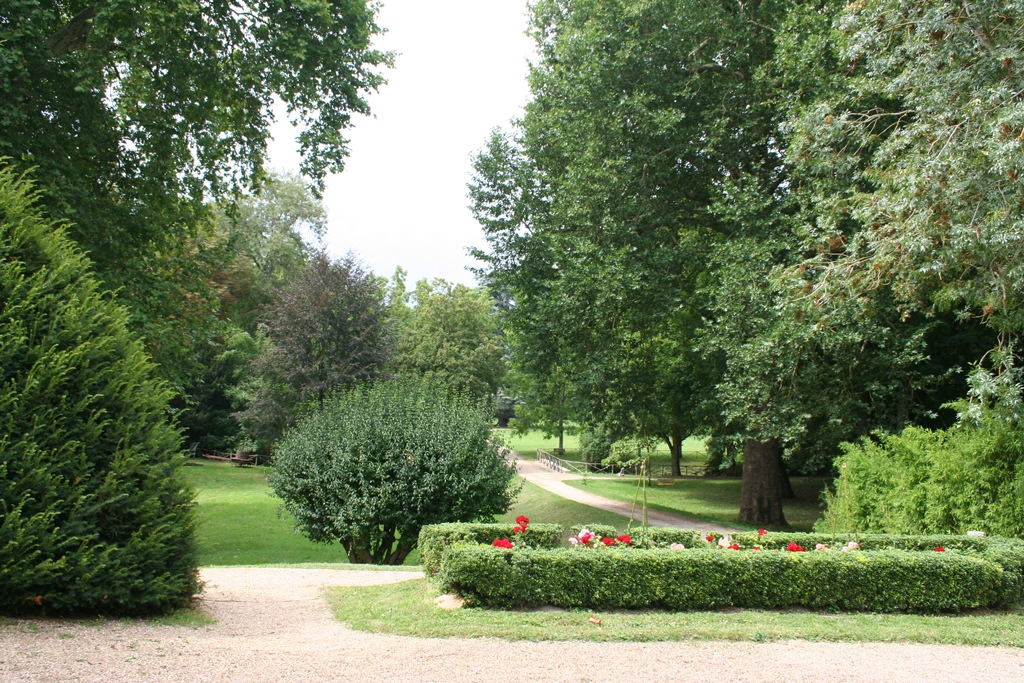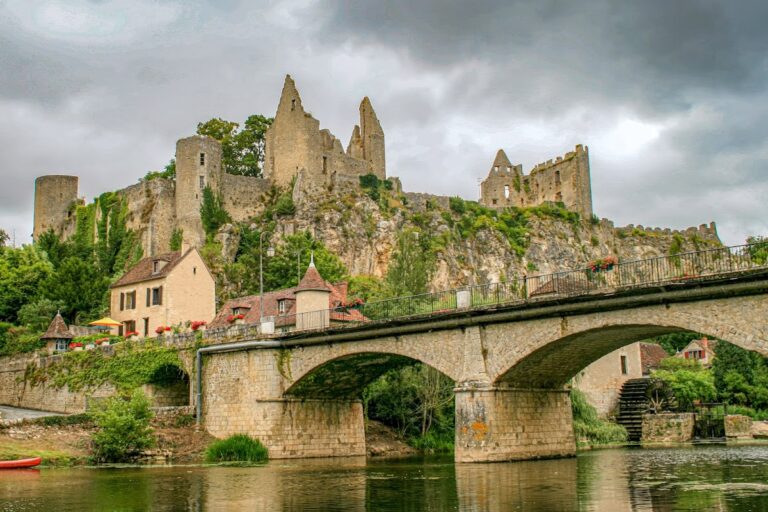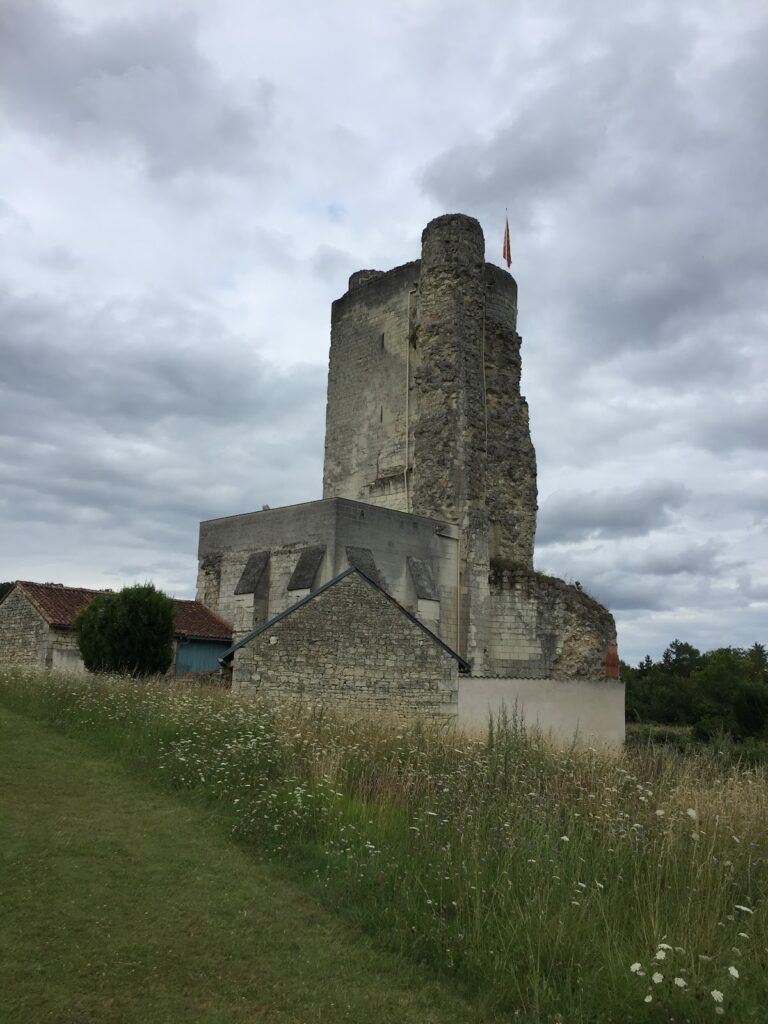Château de la Guerche: A Historic Fortified Residence in France
Visitor Information
Google Rating: 4.4
Popularity: Low
Google Maps: View on Google Maps
Official Website: www.chateaudelaguerche.com
Country: France
Civilization: Unclassified
Remains: Military
History
The Château de la Guerche is situated in the village of La Guerche in France, built by the medieval French nobility as a fortified residence. The site first emerges in historical records in 1095 as a stronghold, originally owned by various noble families before its acquisition in 1336 by Jean de l’Isle-Ogier. He raised the estate’s status from a seigneurie to a vicomté, indicating its increased importance.
In 1448, the vicomté passed to Nicole Chambre, who served as captain of the king’s Scottish guards. Shortly thereafter, in 1450, André de Villequier purchased the vicomté. He was a close childhood friend of King Charles VII and likely secured the estate through royal favor, including gifts associated with his marriage to Antoinette de Maignelais, a cousin of the king’s mistress Agnès Sorel. The royal court stayed at the château in 1451, and by the following year, the king acquired the suzerainty of La Guerche, making André a direct royal vassal.
Construction of a new château began in 1454 on the old fortress’s foundations, including a grand entrance called a châtelet—a type of fortified gatehouse. However, building halted soon after André de Villequier’s death that same year. Following the death of Antoinette de Maignelais in 1470, the estate was divided. Legal disputes over the property were resolved in 1489 by the Parlement of Paris in favor of Artus de Villequier, who regularly resided at the château from 1486 and inherited additional family lands by 1495.
Between about 1495 and 1505, Artus de Villequier built the château’s main residential wing, marking a significant phase of construction and enhancement. During the 16th century, the château’s importance grew as it hosted prominent figures, including Catherine de Médicis and King Henri III, reflecting its continued noble prominence.
In 1592, amid the turmoil of the French Wars of Religion, the château was targeted and looted by both royal and Protestant forces. This assault related to the family’s political allegiance, as Claude de Villequier held the governorship of Poitiers on behalf of the Catholic League, a key faction in the conflict.
Around 1650, César d’Aumont, a Villequier heir and governor of Touraine, undertook renovations at the château. He rebuilt the southeast wing and adjusted the façade to create a more balanced and regular appearance, reflecting changes in architectural taste and the desire for refinement.
The château experienced decline in the 18th century after acquisition in 1735 by Marc-Pierre de Voyer de Paulmy d’Argenson, who served as minister of war under King Louis XV. During his ownership, it was primarily used as a hunting lodge rather than a noble residence. The French Revolution brought further damage; during the Terror, the château’s roofs and upper floor were demolished, altering its silhouette significantly.
By approximately 1830, the château reached its current form through further interventions, and it remains privately owned by the De Crouy-Chanel family. Recognizing its historical value, the French government classified it as a protected monument historique in 1944, ensuring its preservation.
Remains
The Château de la Guerche is set along the Creuse River, forming a notable example of a large fortified estate evolved over several centuries. Its layout reflects adaptations from a medieval fortress into a noble residence, combining defensive features with residential comfort.
One of the earliest confirmed features is the monumental entrance châtelet constructed in the mid-15th century. Serving as a fortified gatehouse, this structure was built upon the foundations of the original fortress and marked the main point of entry, combining military functionality with an imposing presence.
Between roughly 1495 and 1505, the château’s main residential wing was built by Artus de Villequier. This section introduced more refined living spaces and represented the transition from purely defensive architecture to a residence suited for aristocratic life. The materials and techniques used harmonized with existing structures, integrating new constructions with the fortress remains.
Around 1650, the southeast wing underwent significant rebuilding, and the château’s façade was redesigned to achieve greater symmetry and order. These modifications reflect 17th-century architectural trends favoring balanced proportions and regularity.
During the French Revolution, the château suffered notable damage. The upper floor and roof were deliberately dismantled during the period known as the Terror, leaving the building with a truncated profile that altered the original silhouette and volume.
In the 19th century, a landscape garden was added to the grounds, complementing the historic architecture and signaling the estate’s transformation into a more leisurely setting. The château’s present appearance, dating from approximately 1830, reflects these cumulative changes over centuries of construction, destruction, and restoration.
Today, the Château de la Guerche retains substantial in situ remains of its medieval and later phases, with the châtelet and main residential wing prominent among surviving elements. Its protected status as a historic monument helps safeguard these features, preserving a tangible link to the site’s complex past.










